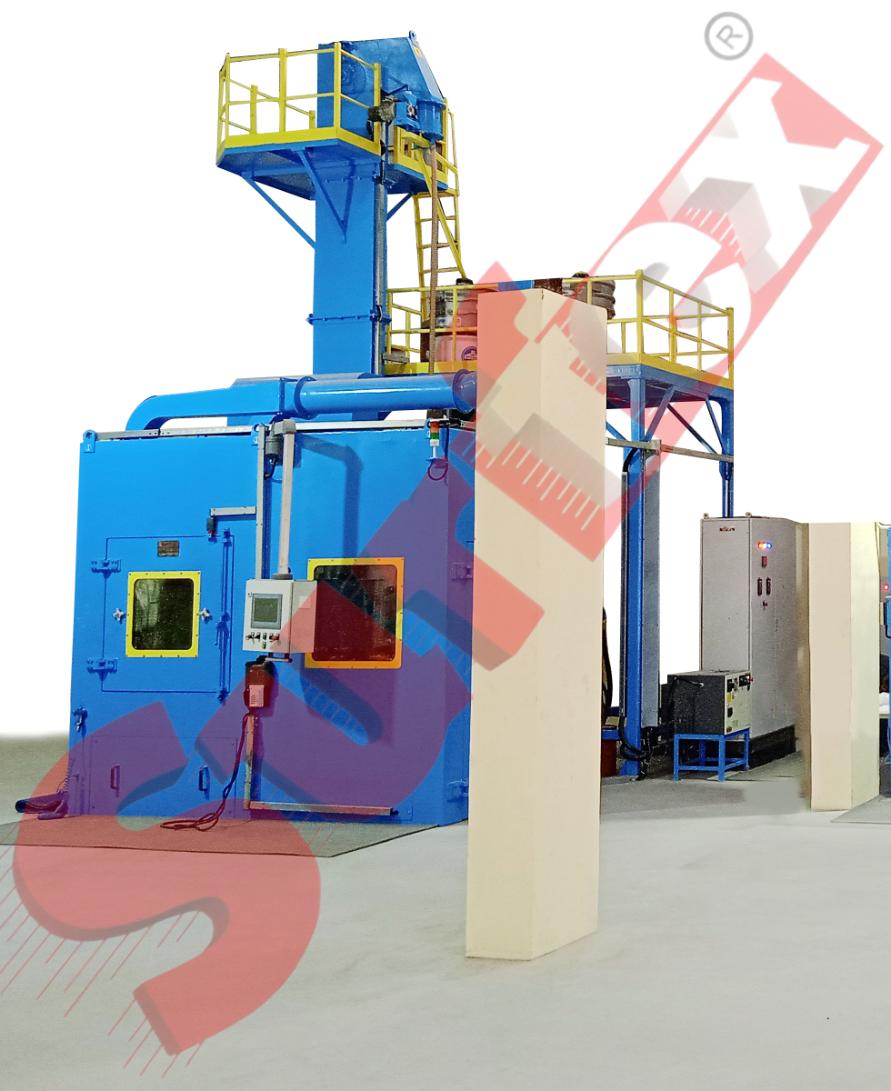Polyether Ether Ketone, commonly known as PEEK, is a high-performance engineering polymer widely used in aerospace, medical, automotive, and electronics industries. Known for its excellent strength, temperature resistance, and durability, PEEK continues to see strong industrial demand. However, the Polyether Ether Ketone price trend has been showing notable movement in recent months, driven by shifts in feedstock costs, manufacturing challenges, and changing supply-demand dynamics.
For more, read here: https://www.price-watch.ai/polyether-ether-ketone-prices/
For more, read here: https://www.price-watch.ai/polyether-ether-ketone-prices/
Polyether Ether Ketone, commonly known as PEEK, is a high-performance engineering polymer widely used in aerospace, medical, automotive, and electronics industries. Known for its excellent strength, temperature resistance, and durability, PEEK continues to see strong industrial demand. However, the Polyether Ether Ketone price trend has been showing notable movement in recent months, driven by shifts in feedstock costs, manufacturing challenges, and changing supply-demand dynamics.
For more, read here: https://www.price-watch.ai/polyether-ether-ketone-prices/
0 Comments
0 Shares
1K Views
0 Reviews






